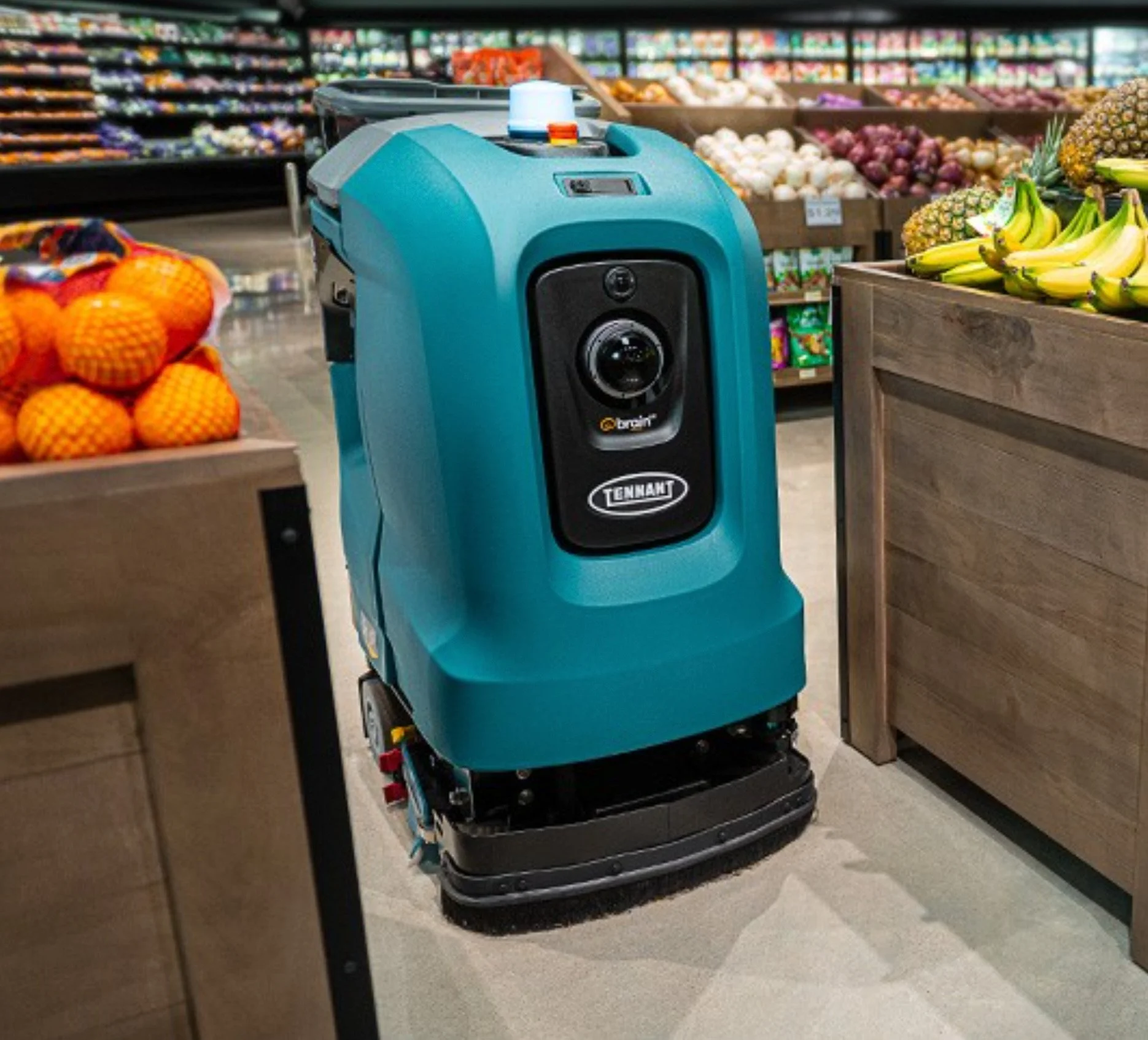AI Cleaning Robots Rolled Out in Australia Retail Stores Amid Cost and Hygiene Pressures

Image Source: Tennantco
Several retailers in Victoria have introduced AI-powered cleaning robots to help manage store hygiene and operational costs. The technology is part of a wider adoption of automation in Australia’s retail sector, which has faced staffing challenges and rising consumer expectations since the COVID-19 pandemic.
Technology and Deployment
One of the devices in use is the X4 ROVR, a compact, autonomous floor scrubber developed by Tennant Company in partnership with Brain Corp, a robotics firm based in the United States. The robot operates using the BrainOS platform, which relies on artificial intelligence for a range of core functions.
How AI Is Used
AI is central to the robot’s operation. The X4 ROVR uses a combination of 3D LiDAR sensors and cameras to perceive its environment and create real-time maps of the space around it. This allows the machine to navigate shop floors, avoid obstacles such as shoppers and store fixtures, and adapt to changes in layout or traffic.
The AI system enables the robot to operate autonomously, following pre-programmed cleaning routes and schedules with minimal human oversight. The software can adapt to unplanned changes, such as a blocked aisle or a temporary display, by re-routing itself in real time.
Performance analytics are also provided by the BrainOS platform, giving retailers access to mobile apps and web portals that monitor the robot’s cleaning coverage, efficiency, and compliance with hygiene protocols. This data can be used to optimize cleaning schedules and ensure standards are maintained.
Tennant Australia announced the introduction of the X4 ROVR in 2024. The company has targeted sectors including retail, healthcare, and education.
Drivers of Adoption
Retailers cite several reasons for considering automation, including the need to address staff shortages and maintain consistent cleaning standards. Hygiene has become a focus since the pandemic, with customers reporting higher expectations for cleanliness in public spaces. Some businesses also point to operational cost pressures as a motivation for deploying autonomous systems.
A recent inquiry by the Australian Competition and Consumer Commission (ACCC) into supermarket practices has highlighted cost and staffing concerns across the sector. The ACCC published its most recent findings in March 2025.
Industry Context
Tennant Company and Brain Corp have reported growing global use of their robotics platforms. According to Brain Corp, as of late 2024, more than 37,000 robots powered by BrainOS were in operation worldwide, collectively cleaning over 250 billion square feet of commercial space. The figures include devices from multiple manufacturers. Independent audits of deployment numbers in Victoria were not available at the time of publication.
Advantages and Challenges
Proponents argue that AI-powered cleaning robots may automate routine tasks, potentially reducing manual labour and supporting staff in other roles. The technology also enables retailers to track cleaning activity using analytics platforms.
However, there are concerns about initial investment costs, ongoing maintenance, and potential effects on employment. Some labour groups have warned that increased automation could displace cleaning staff or reduce available work hours. Others note that robots may still require supervision, especially in crowded or unpredictable environments.
Public reaction has been mixed. While some shoppers welcome the focus on hygiene, others have expressed reservations about the presence of autonomous machines in stores, citing unfamiliarity or concerns about job impacts.
We are a leading AI-focused digital news platform, combining AI-generated reporting with human editorial oversight. By aggregating and synthesizing the latest developments in AI — spanning innovation, technology, ethics, policy and business — we deliver timely, accurate and thought-provoking content.


































